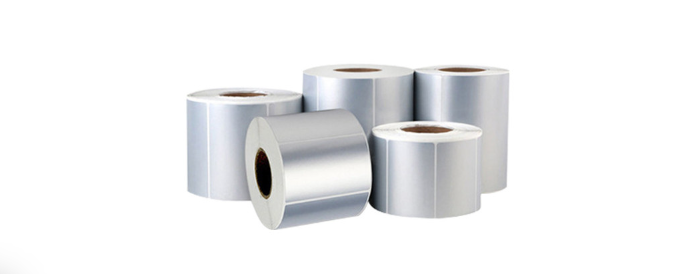Flame retardant labels play a crucial role in enhancing the fire resistance of materials, especially in industries like construction. Understanding the intricacies of their manufacturing process is essential to ensure their effectiveness and compliance with safety standards. This article provides a comprehensive analysis of the manufacturing process of flame retardant labels, delving into key stages and considerations.

1. Raw Material Selection:
-
Flame Retardant Substrates: The process begins with selecting substrates inherently resistant to flames. Common materials include flame-resistant papers, films, or synthetics designed to withstand high temperatures without igniting.
-
Adhesives: The choice of flame-resistant adhesives is critical. Adhesives must maintain integrity under heat stress, ensuring labels remain securely attached to surfaces during potential fire incidents.
2. Printing Techniques:
-
Screen Printing or Digital Printing: Flame retardant labels often involve screen printing or digital printing processes. These methods allow for precise application of flame-resistant inks and ensure clear printing of safety information, compliance details, and other essential content.
-
Incorporating Flame Retardant Additives: Printing inks may contain flame retardant additives to enhance the overall fire resistance of the label. These additives can include halogenated compounds or phosphorus-based chemicals.
3. Coating and Lamination:
-
Protective Coatings: Flame retardant labels may undergo a coating process to add an extra layer of protection. This coating can enhance durability and resistance to environmental factors, ensuring labels remain effective throughout their lifecycle.
-
Lamination: Some labels may undergo lamination for added robustness. Laminating materials with inherent flame resistance contribute to the overall durability and longevity of the label.
4. Testing and Quality Assurance:
-
Fire Resistance Testing: Manufacturers subject flame retardant labels to rigorous fire resistance testing to ensure they meet industry standards. This may involve exposing labels to controlled flame sources and assessing their performance under specific conditions.
-
Durability Testing: Labels undergo durability tests to ensure they can withstand environmental factors, including exposure to UV light, moisture, and temperature variations.
5. Die-Cutting and Finishing:
-
Precision Die-Cutting: Labels are die-cut with precision to achieve the desired shape and size. This step ensures uniformity and facilitates easy application on various surfaces.
-
Waste Removal: Excess material is removed during the die-cutting process, minimizing waste and optimizing the use of flame-resistant substrates.
6. Packaging and Labeling:
-
Protective Packaging: Finished flame retardant labels are carefully packaged to prevent damage during transportation and storage. Protective packaging ensures the labels maintain their integrity until they are ready for use.
-
Clear Identification: Packaging includes clear identification of flame retardant properties and usage instructions, providing end-users with essential information.
Conclusion: The manufacturing process of flame retardant labels involves a meticulous combination of material selection, printing techniques, testing, and finishing processes. Each stage is crucial to ensure the labels meet stringent fire resistance standards while maintaining durability and clarity of information. Manufacturers must adhere to these rigorous processes to produce flame retardant labels that contribute effectively to fire safety in various industries.
We offer comprehensive technical support, including free professional labeling solutions, advice on label materials and adhesive selection, as well as online/offline assistance from professional software and hardware engineers. Service email: andy@ownlikes.cn. In pre-sales, we leverage our extensive experience in specialty labeling projects to provide clients with the most suitable hardware solutions. Additionally, all our label barcode printers and scanners come with a three-year free warranty, demonstrating our confidence in our products.




